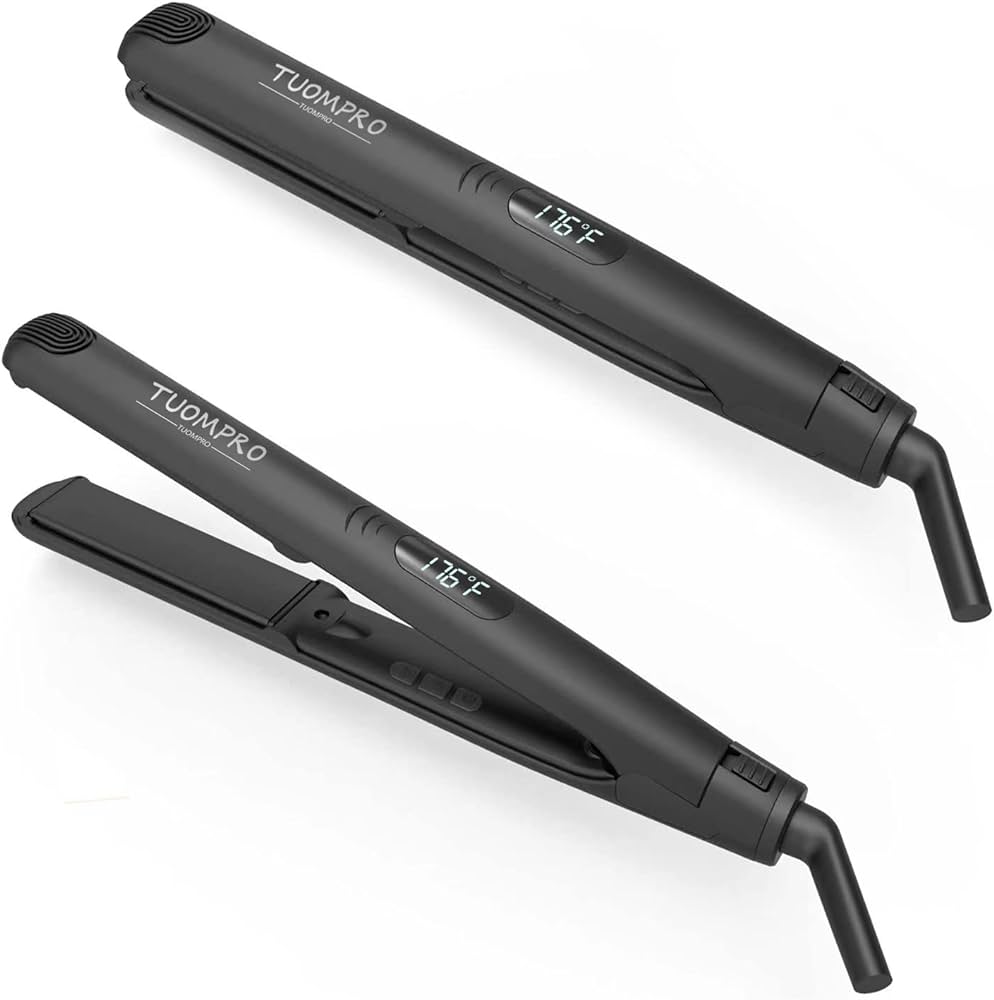Introduction: An Essential Styling Tool
A flat iron, also known as a hair straightener, is a versatile styling tool that is widely used for straightening, curling, and creating various hairstyles. It is a must-have tool for achieving sleek, smooth, and shiny hair. In this article, we will explore what a flat iron is, how it works, and its diverse range of functionalities that make it an essential tool in hair styling.
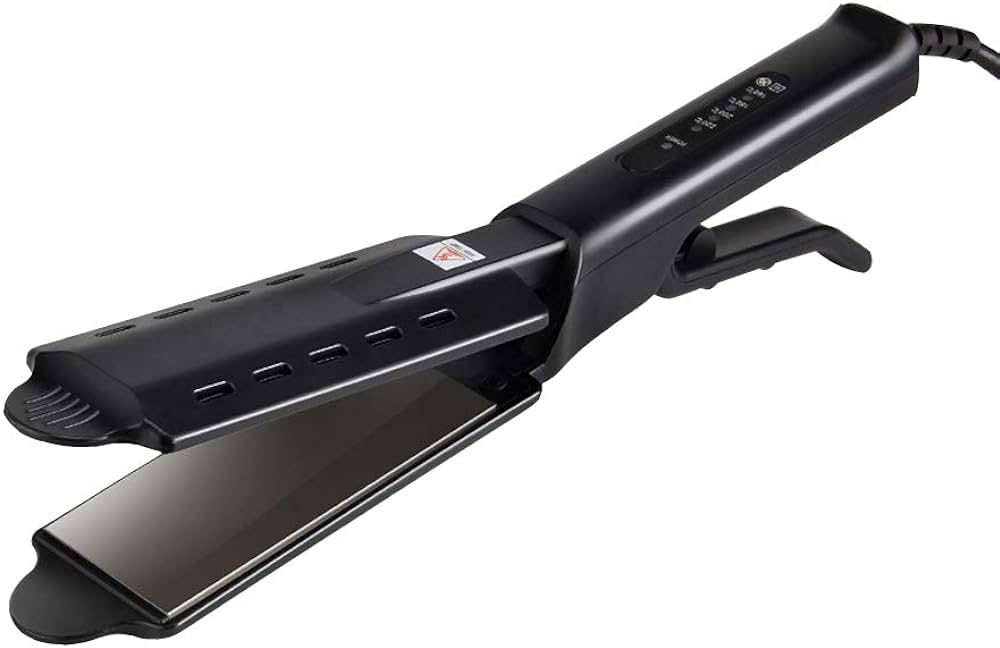
Unlocking Styling Potential: Understanding the Flat Iron
-
Definition and Components of a Flat Iron
A flat iron is a handheld device consisting of two flat plates made of ceramic, titanium, or tourmaline materials. These plates are mounted on a hinged handle, allowing them to be pressed together to clamp and heat the hair. The plates are usually between half an inch to two inches in width, and they come in various shapes, such as floating, beveled, or rounded edges, to accommodate different styling techniques.
-
Heating Mechanism: The Science Behind a Flat Iron
Understanding the heating mechanism of a flat iron helps to grasp how it works and affects the hair:
a. Heating elements: Flat irons are equipped with internal electrical heating elements, such as ceramic or metal plates, that heat up when the device is turned on.
b. Temperature control: Most flat irons have adjustable temperature settings that allow users to select the desired level of heat. Ceramic or tourmaline plates distribute heat evenly, reducing the risk of hotspots and minimizing damage.
c. Heat transfer: When the flat iron is closed with hair in between the plates, heat is transferred from the hot plates to the hair shaft. The intense heat temporarily breaks down the hydrogen bonds in the hair, allowing it to be shaped into desired styles.
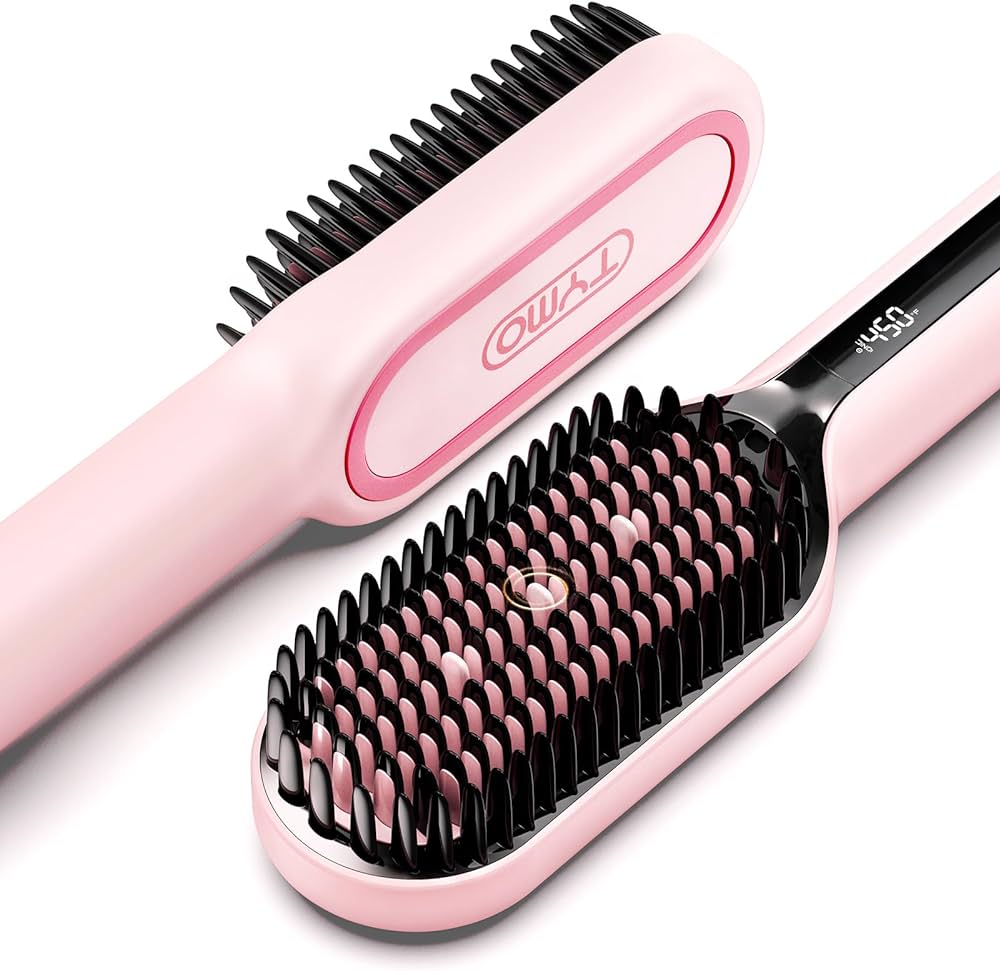
-
Straightening: Achieving Sleek and Straight Hair
Straightening is the primary function of a flat iron. Here’s how to use it to achieve sleek and straight hair:
a. Preparation: Start with clean, dry hair. Apply a heat protectant spray to minimize heat damage. Divide your hair into manageable sections using clips or elastics.
b. Temperature setting: Adjust the flat iron temperature according to your hair type. Lower temperatures are suitable for fine or damaged hair, while higher temperatures are required for thick or coarse hair. Start with a lower heat setting and gradually increase if needed.
c. Sectioning and ironing: Begin with the bottom section of your hair. Take a small section and clamp the flat iron near the roots, then glide it smoothly down the hair shaft to the ends. Repeat this process section by section until all hair is straightened.
d. Finish and protect: To enhance the longevity of your straight hairstyle, you can apply a small amount of hair serum or oil for added shine and frizz control.
-
Curling: Adding Bounce and Volume
Contrary to its name, a flat iron can also be used for creating curls and waves. Here’s how to use it for curling:
a. Preparation: Start with clean, dry hair, and apply a heat protectant spray. Divide your hair into sections using clips or elastics.
b. Sectioning and curling: Take a small section of hair, hold it taut, and clamp the flat iron towards the roots. Rotate the iron away from your face or towards it, depending on the desired curl direction. Glide the iron down the section while maintaining a twisting motion.
c. Variation in curls: To create different types of curls, vary the size of the hair sections, the angle at which you hold the flat iron, and the direction of the twist. Experiment with tight curls, loose waves, or beachy, tousled hair.
d. Finishing touches: Once you have curled all sections, run your fingers carefully through the curls to loosen them slightly. Apply a light-hold hairspray or texturizing spray to set the curls and prevent frizz.
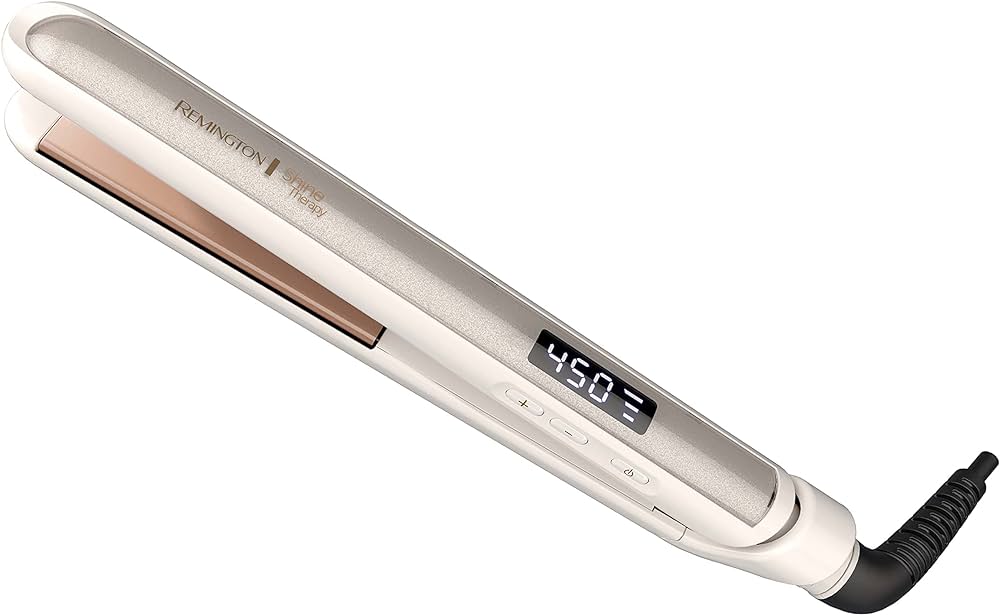
-
Versatile Styling Options
Aside from straightening and curling, a flat iron offers endless styling possibilities:
a. Crimping: Achieve a zigzag pattern by clamping the flat iron across small sections of hair all the way down its length, creating a crimped appearance.
b. Texturizing: For added texture and volume, use a flat iron to create soft bends or twists along the length of the hair sections.
c. Smoothing frizz and flyaways: Tame frizz and flyaways by lightly running the flat iron over problematic areas. Be cautious not to apply excessive heat to prevent damage.
d. Creating flips and flicks: Create flips or flicks at the ends of your hair by rotating the flat iron inward or outward while gliding it down the hair section.
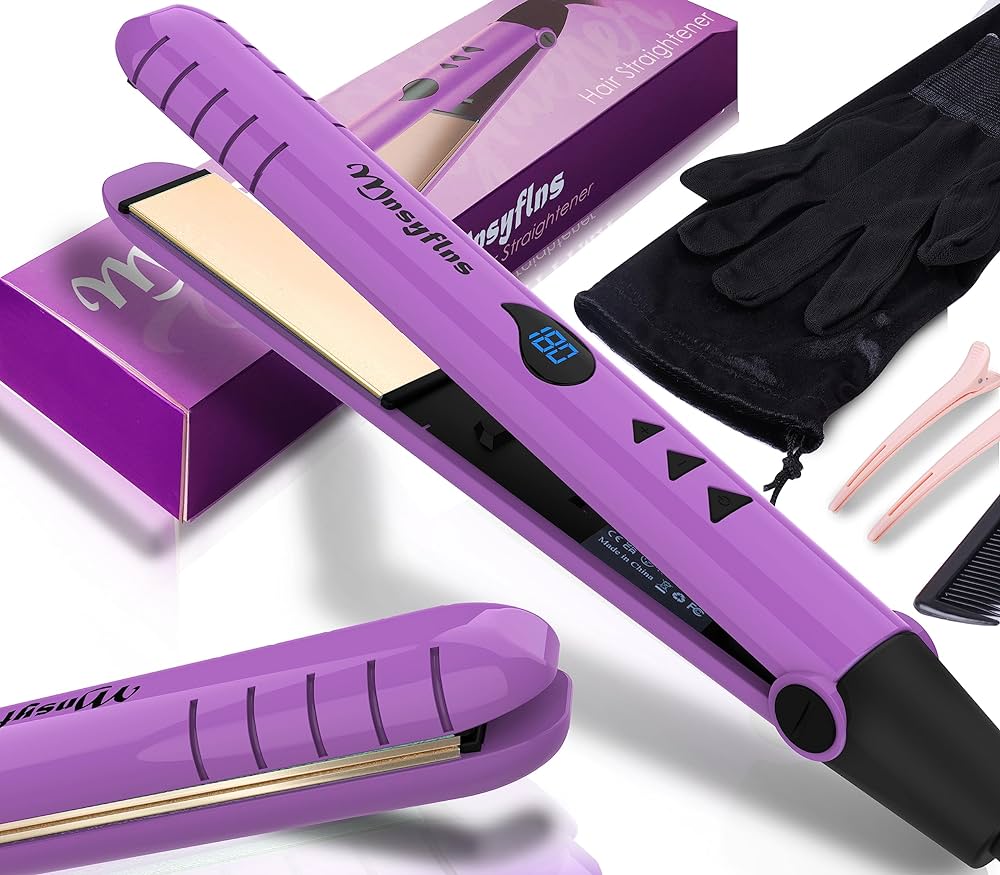
-
Tips for Optimal Usage and Hair Care
To make the most out of your flat iron and ensure the health of your hair, consider the following tips:
a. Protect your hair: Always apply a heat protectant spray before using the flat iron to shield your hair from heat damage.
b. Use moderate heat: Find the right temperature setting for your hair type to minimize damage. Avoid using excessive heat, as it can cause hair breakage, dryness, and frizz.
c. Section and work systematically: Divide your hair into manageable sections to ensure even styling and maximum control over the ironing or curling process.
d. Clean your flat iron: Regularly clean the flat iron plates to remove product build-up or residue. Allow the flat iron to cool, then gently wipe the plates with a damp cloth or a specialized cleaning solution.
e. Proper storage: Store your flat iron in a heat-resistant case or pouch when not in use to protect the plates and prevent accidental damage.
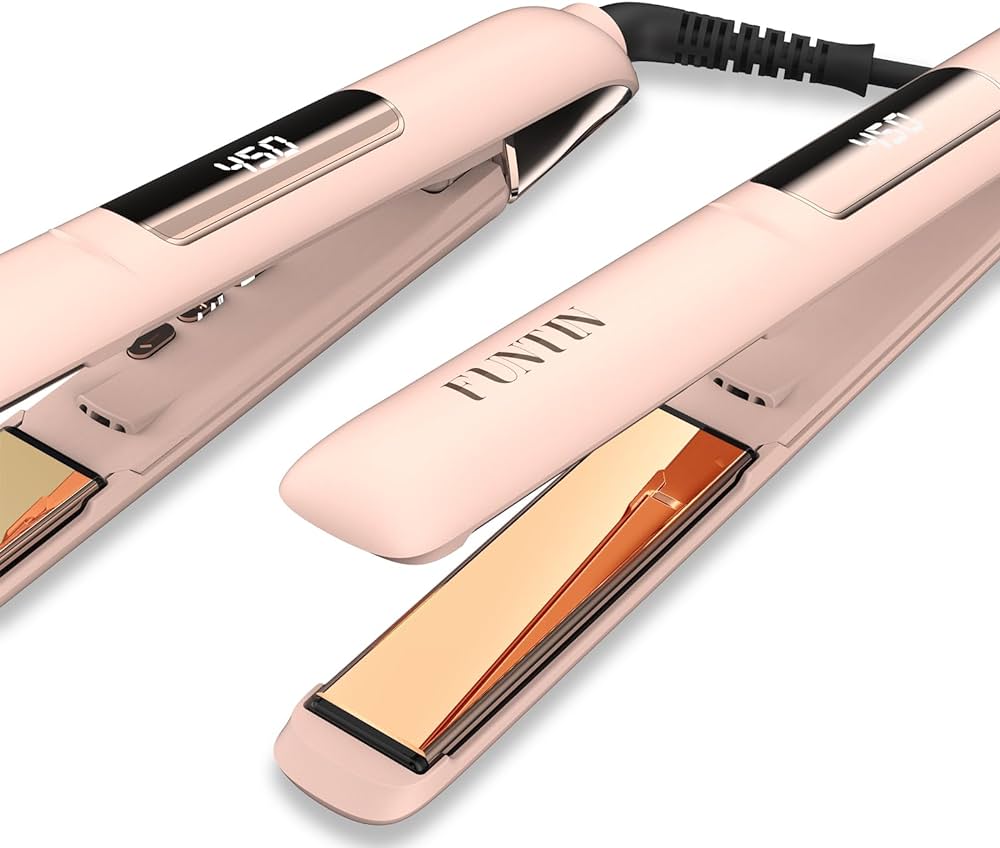
Conclusion: Endless Possibilities with a Flat Iron
A flat iron is a powerful and versatile styling tool that allows you to straighten, curl, texturize, and create various hairstyles. With its heating mechanism, adjustable temperature settings, and different plate designs, a flat iron offers endless possibilities to transform your hair. By following proper usage techniques, selecting the right temperature, and prioritizing hair care, you can unlock the full potential of a flat iron and achieve stunning, salon-worthy hairstyles from the comfort of your own home.
